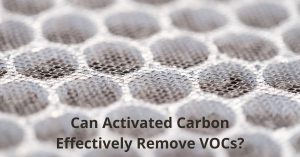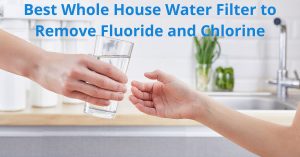
Does PFAS Evaporate?
As someone who’s spent years in the water filtration industry, I’ve seen firsthand how concerns about water quality have evolved. One topic that’s been gaining a lot of attention lately is PFAS, or per- and polyfluoroalkyl substances. These chemicals have earned the nickname “forever chemicals” due to their persistence in the environment. But does this mean they’re truly permanent? And what does this mean for our our drinking water?
How Long Do PFAS Chemicals Last?
Before we tackle the question of evaporation, it’s crucial to understand the longevity of PFAS chemicals. The term “forever chemicals” isn’t just a catchy phrase—it’s a stark reality that reflects the incredible stability of these compounds.
PFAS chemicals are incredibly resistant to breaking down in the environment. They can persist for decades, even centuries, in water, soil, and air. The strong carbon-fluorine bonds that make up these chemicals contribute to their longevity. These bonds are some of the strongest in organic chemistry, which is why PFAS were so useful in various industrial applications and products such as food packaging and cook ware—but it’s also why they’re such a persistent problem in our environment.
So, when we talk about how long PFAS chemicals last, we’re often talking about timescales that extend well beyond a human lifetime. Some studies suggest that certain PFAS compounds could potentially last for thousands of years in the environment. It’s a sobering thought, isn’t it?
But Does PFAS Evaporate?
Now, let’s address the main question: does PFAS evaporate? The answer isn’t a simple yes or no. Some PFAS compounds can indeed volatilise, or turn into a gas, under certain conditions. However, this process is generally slow and depends on various factors, including the specific type of PFAS, temperature, and environmental conditions.
It’s important to note that even if some PFAS compounds do evaporate, they don’t simply disappear. Instead, they can travel through the air and eventually find their way back into water or soil in other locations. This is one of the reasons why PFAS contamination has become such a widespread issue—these chemicals can travel far from their original source and that makes PFAS filters so excellent.
Moreover, many PFAS compounds have low volatility, meaning they don’t readily evaporate at normal temperatures and pressures. This is particularly true for some of the most common and concerning PFAS, like PFOA (perfluorooctanoic acid) and PFOS (perfluorooctane sulfonic acid).
What Does This Mean for Our Drinking Water?
The persistence of PFAS and their resistance to evaporation means that once these chemicals enter our water supplies, they’re likely to stick around. This is why it’s so crucial to focus on removing PFAS from our drinking water rather than hoping they’ll naturally dissipate over time.
So, what can we do to protect ourselves from PFAS in our drinking water? This is where water filtration systems come into play, and I’m excited to share some effective solutions with you.
Effective PFAS Removal: Reverse Osmosis Filtration
One of the most effective methods for removing PFAS from drinking water is reverse osmosis (RO) filtration. As someone who’s worked with various water filtration technologies, I can confidently say that RO systems are among the best when it comes to tackling these persistent chemicals.
Here’s why RO filtration is so effective against PFAS:
- Extremely Fine Filtration: RO systems use a semi-permeable membrane with incredibly tiny pores. These pores are so small that they can block PFAS molecules while allowing water molecules to pass through.
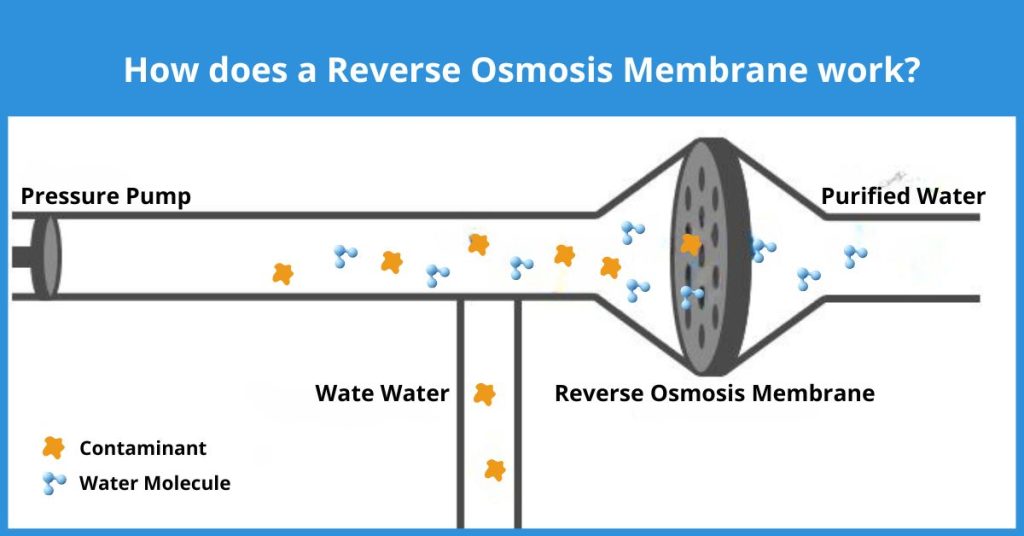
- Multi-Stage Filtration: Most reverse osmosis systems for home use incorporate multiple filtration stages. This comprehensive approach ensures that a wide range of contaminants, including PFAS, are removed.
- Proven Effectiveness: Studies have shown that properly functioning RO filtration systems can remove more than 99% of PFAS compounds from water.
Types of RO Systems for Home Use
Now that we know RO filtration is effective against PFAS, let’s look at the different types of systems available for home use:
Undersink RO System: This is a popular choice for many homeowners. An undersink water purifier is installed beneath your kitchen sink and provides filtered water through a dedicated faucet. It’s a great option if you have the space and want a permanent solution.
Countertop RO Filter: If you’re renting or don’t want to modify your plumbing, a countertop reverse osmosis filter might be the perfect solution. These compact units sit on your kitchen counter and can be easily connected to your faucet.
Countertop Reverse Osmosis Water Filter
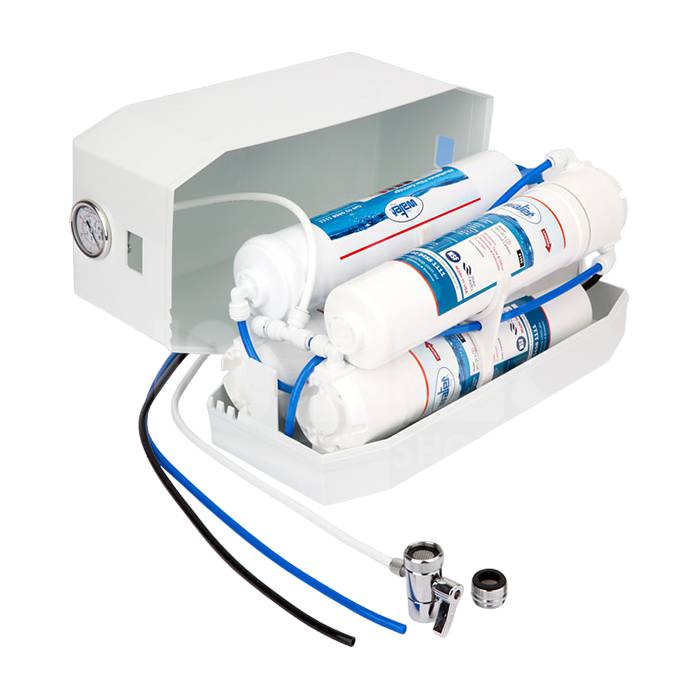
Undersink Reverse Osmosis Water Filter
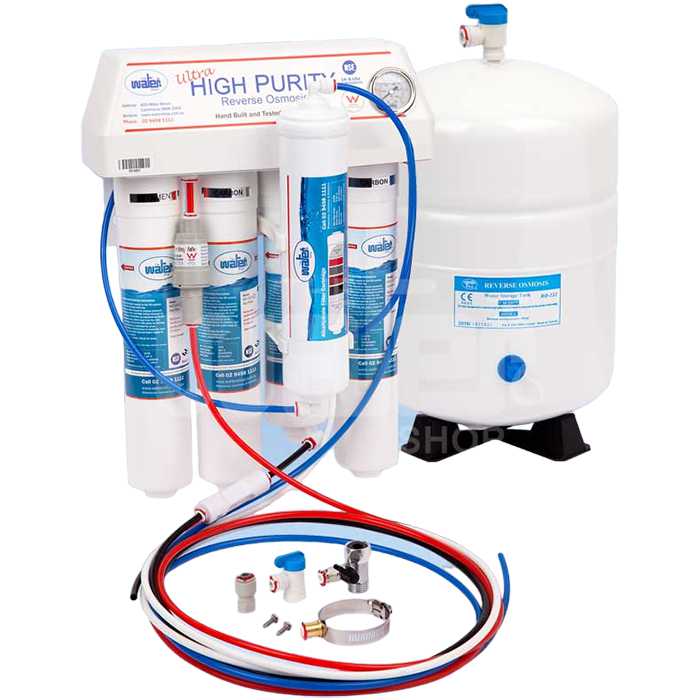
Choosing the Right RO System for Your Home
When selecting a reverse osmosis system for your home, consider the following factors:
- Water Usage: How much filtered water do you need daily? This will help determine the size of the system you need.
- Available Space: Do you have room for an undersink RO system, or would a countertop RO filter be more suitable?
- Installation: Are you comfortable with a more permanent installation, or do you prefer a plug-and-play solution?
- Maintenance Requirements: All RO filters require some maintenance, typically in the form of filter replacements. Make sure you’re comfortable with the maintenance schedule.
- Cost: While there’s an upfront cost for the system and ongoing costs for filter replacements, many of my customers find that it’s more cost-effective in the long run compared to buying bottled water.
Beyond PFAS: Other Benefits of RO Filtration
While we’re focusing on PFAS removal, it’s worth noting that a reverse osmosis system for home use offers many other benefits:
- Removal of Other Contaminants: RO filtration can also remove other pollutants like lead, arsenic, nitrates, and more.
- Improved Taste: Many people notice a significant improvement in the taste and clarity of their water after installing an RO filter.
- Reduced Plastic Waste: By having clean water on tap, you’ll likely reduce your reliance on bottled water, helping to decrease plastic waste.
- Peace of Mind: Knowing that your water is being thoroughly filtered can provide reassurance about the safety of your drinking water.
So, does PFAS evaporate? While some PFAS compounds can volatilise under certain conditions, it’s not a reliable method for removing these chemicals from our water. The persistence of PFAS in the environment, often lasting for decades or even centuries, means we need to take active steps to remove them from our environment and drinking water.

